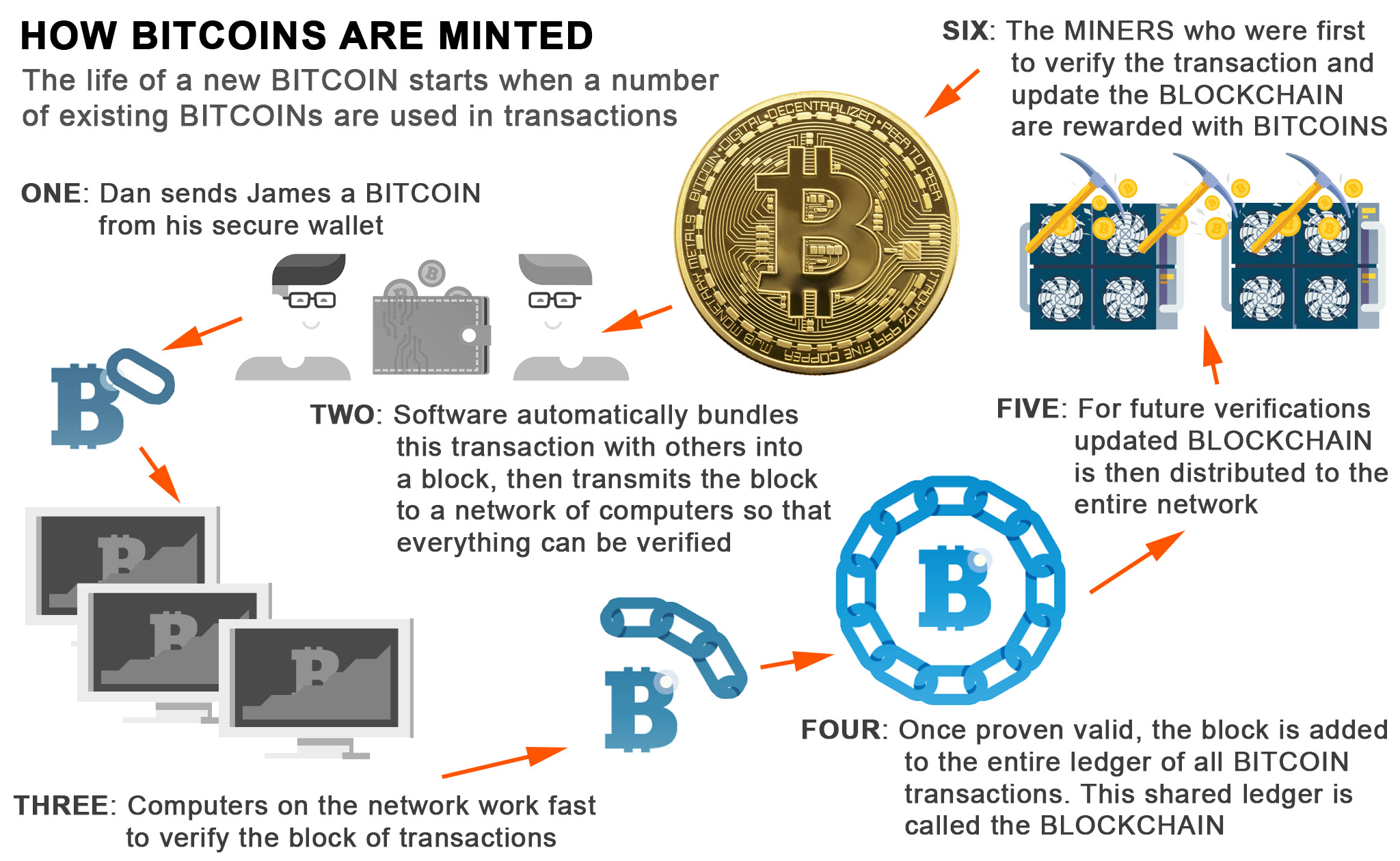

Stakers holding more tokens may have an advantage in the network over those with fewer. Blockchains that use proof of stake may be less decentralized. There has been some critique over decentralized cryptos, namely altcoins, such as coins operated through the ethereum blockchain network. Generally, money systems tend to become more centralized with time and more central access to regulate the system. Understanding the Terms: Centralized, Decentralized, and Distributed Blockchain has no central point of favor, making it function resiliently and hard to manipulate.īecause blockchain works in a “Chain,” it is a self-reinforcing system allowing few possible vulnerabilities. The blockchain is a direct and transparent ecosystem between miners, exchanges, and the blockchain itself.īy storing data across the network, the blockchain eliminates most issues and risks that centralized systems have. There is no central authority that has control over the blockchain. The system organizes through a network of nodes. Cryptocurrencies Use Decentralized, Distributed Systemsīlockchain technology uses a decentralized distribution system. Despite this, it can lead to issues of potential corruption and temperament. Banks see this as being crucial for managing the financial system.

These loan transactions can cause increased interest rates which lead to inflation.īanks have control over currency built off a centralized oversight design. Banks control the money supply, increasing and decreasing it and deciding on required cash reserve deposits.īanks work alongside the Federal Reserve, lending money to manage the money supply and control liquidity. Banks issue currency and set interest rates on loans and bonds. Traditional Banks Are Centralized SystemsĪ central bank is a financial institution responsible for overseeing the monetary system. This process of individual nodes competing and working together to build the blockchain makes it more safe and secure and makes manipulation of cryptocurrency more challenging. Mining creates new tokens awarded to the miner who creates the block.Ĭrypto miners make up a decentralized network of nodes.
CRYPTO MINING HASH CALCULATOR FULL
There are three types of nodes: full nodes, lightweight nodes, and mining nodes. Nodes to connect to the blockchain network, mine cryptocurrency, and verify blocks and transactions. The blockchain is a decentralized and secure cryptographic system. Without the blockchain, mining, crypto ledgers, and transactions would not be possible.

Each block is connected to the last in a chain, thus creating an effective ledger. The name blockchain comes from the blockchain’s structure. Mining, as nodes and blocks, make up the crypto ecosystem. While miners compete at mining, the winner who successfully adds the next block gets rewarded with a specified amount of tokens. These blocks are made up of one or more transactions, equaling 1 megabyte per block. Proof of work (PoW) is a form of cryptographic zero-knowledge proof in which one party (the prover) proves to others (the verifiers) that a certain amount of a computational effort is expended. These systems use a modified version of the original blockchain, such as the Ethereum blockchain. These include verifying transactions and performing mathematical computations known as proof of work (PoW), and other later developed systems like proof of stake (PoS), and other proof methods such as proof of authority (PoA). There are multiple processes miners must follow. What is crypto mining for, and how does cryptocurrency mining work? The process of mining is energy costly and requires expensive hardware and software.


 0 kommentar(er)
0 kommentar(er)
